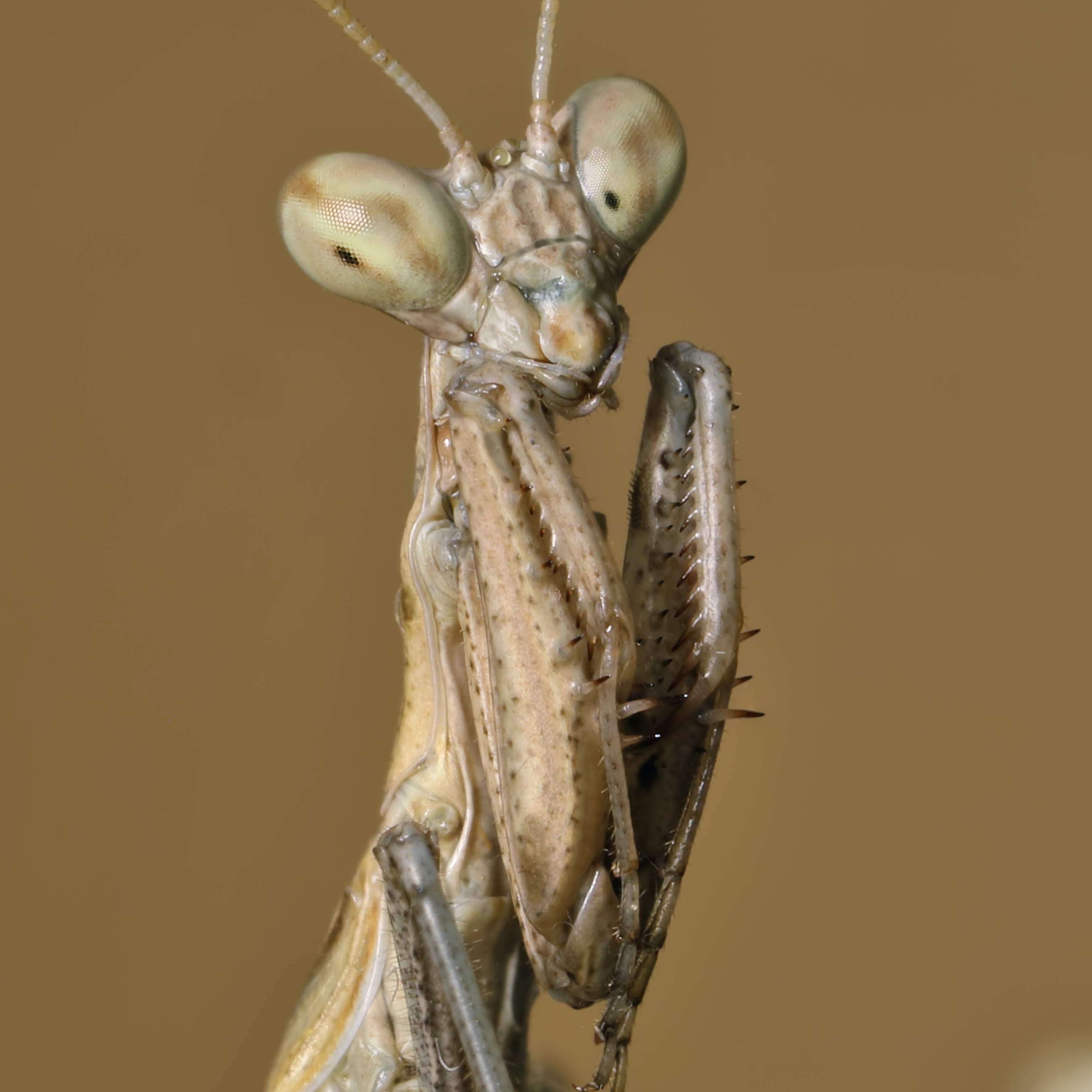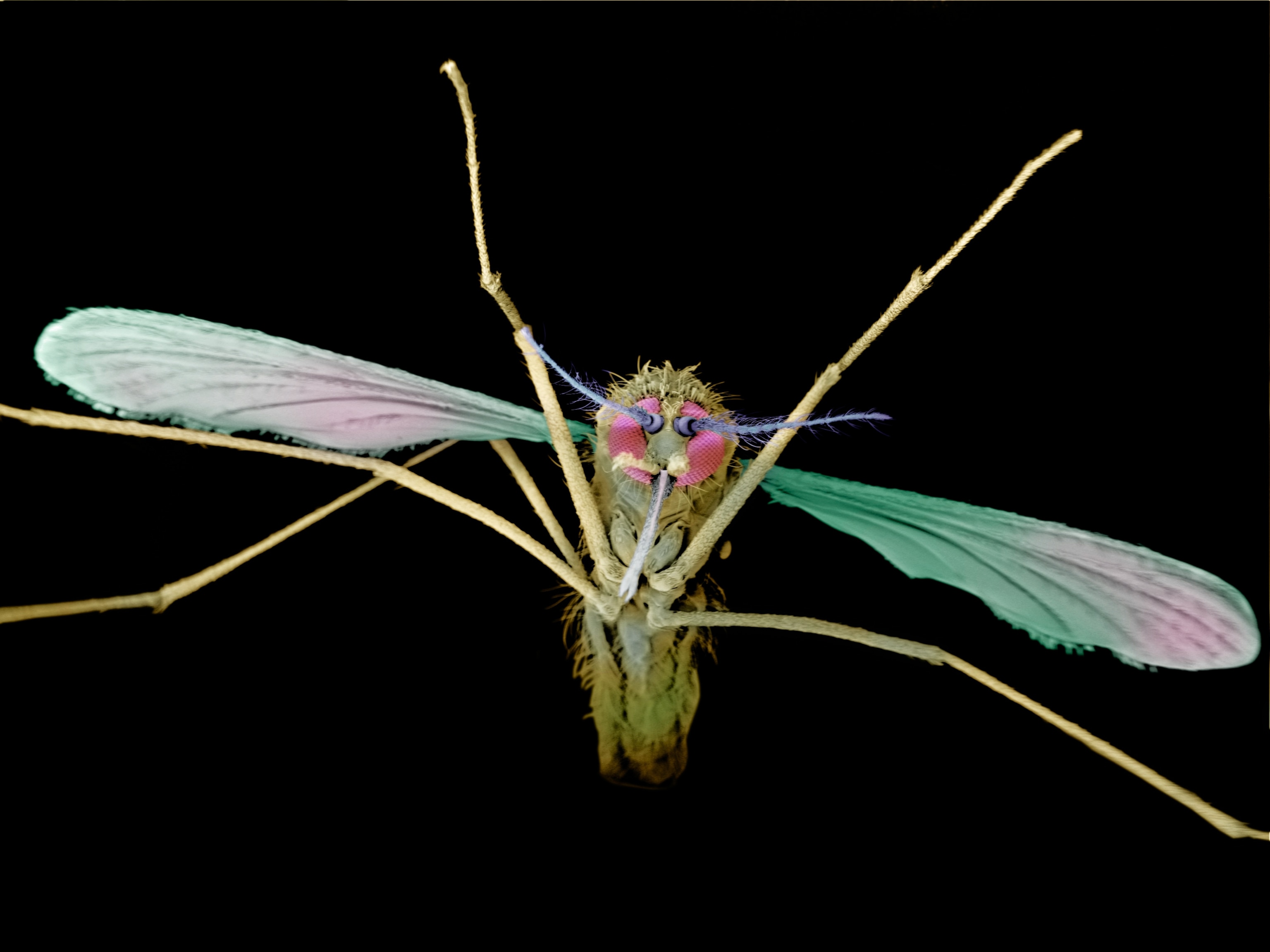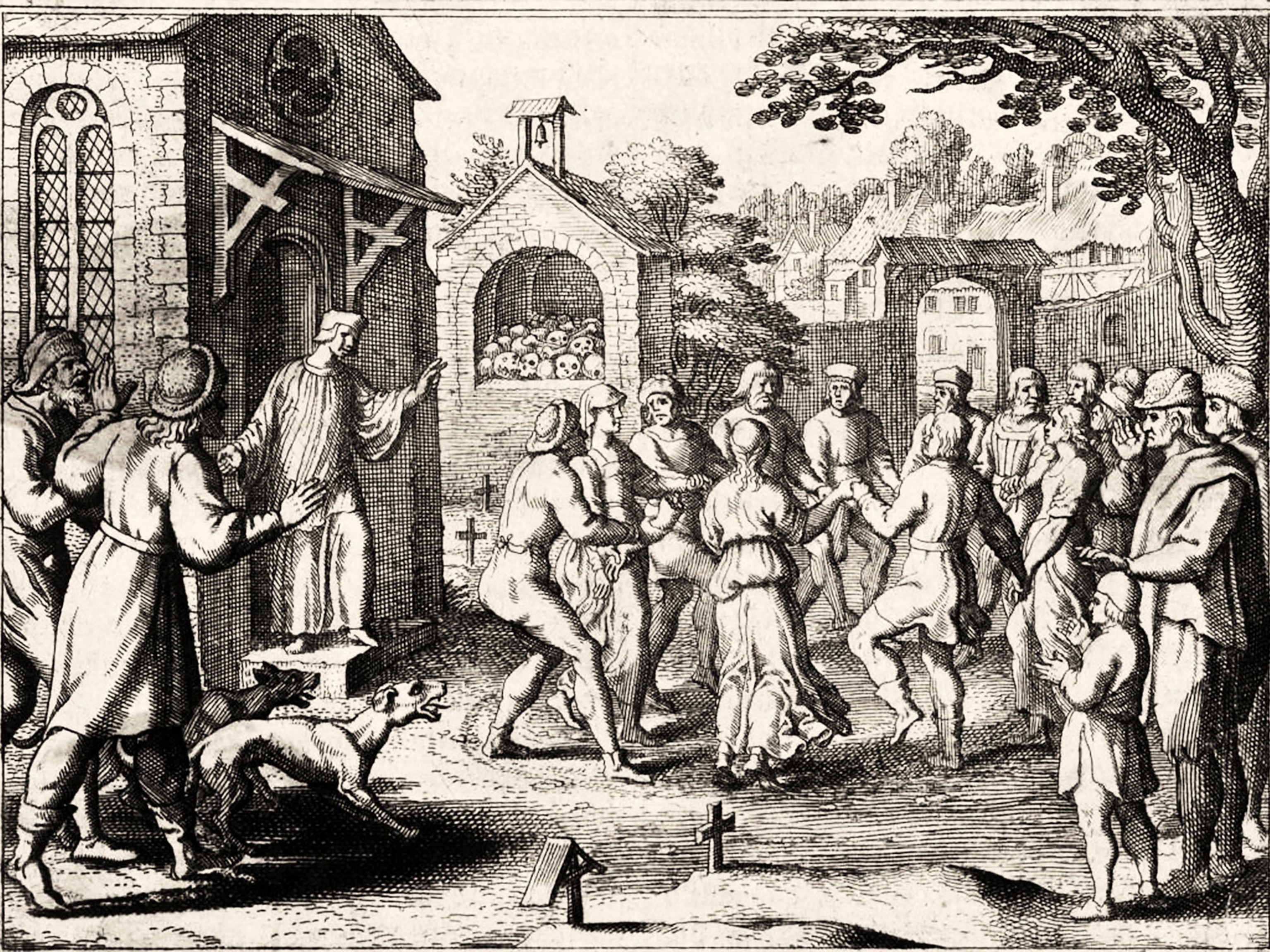
Honeybee Dances Map Healthy Landscapes
Waggling insects could give information that leads to better land-use practices.
Honeybees are all about sharing: When a foraging one finds a great place to eat, she performs a dance for her nestmates that charts a course to the source.
Now the bees' moves are giving scientists a map as well—one that could lead to better environmental health.
In a paper published today in the journal Current Biology, Margaret Couvillon and colleagues at the University of Sussex in England report on a new technique for assessing landscape health for pollinators—using the pollinators themselves.
Unfriendly Farms
Agriculture is typically no friend to nature, and the European Union has spent tens of billions of euros on agri-environment schemes, which offer financial incentives for environmentally friendly farming practices. But little is known about how wildlife, including pollinators, respond to these various schemes.
Couvillon and colleagues at the Laboratory of Apiculture and Social Insects had an epiphany about how to find out. Honeybees visit many common flowers that other pollinators like, and they travel a good distance—up to eight miles (13 kilometers), though usually just two to three (three to five kilometers)—to find the best forage. Most important, they communicate their reviews to their nestmates. So why not eavesdrop on those conversations?
"We realized that the honeybee truly is the only animal who can tell you where it has collected good food," Couvillon says. "Listening to the bees could therefore give us information relevant to helping not just them, but also a wide range of pollinators."
Gotta Dance
"Listening" isn't quite the right term, of course: Honeybees communicate foraging directions with a waggle dance, which combines walking in figure-eights with waggling of the back body. (The duration of the waggle conveys the distance to a source, with a two-second waggle equaling around nine-tenths of a mile, or 1.5 kilometers.) Helpfully, they don't waste their time dancing unless there's something to celebrate.
"When a bee finds forage," says Couvillon, "she weighs the cost of the flight [distance] against the benefits of the forage. A bee will only dance for profit."
So a dance for flights farther afield "may indicate either a lack of food closer by or that the far-away forage is very good quality—for example, some flowers make sweeter nectar than others, which means more calories."
Mapping Their Moves
Using glass observation hives, the scientists filmed honeybees returning from foraging trips. Then the researchers sat for hours in front of computer monitors, carefully analyzing the bees' performances.
Decoding the dances by measuring movements and counting waggles, they could figure out the locations of feeding sites that the bees recommended most.
Over two years the scientists decoded 5,484 waggle dances from three honeybee colonies using the mixed urban-rural landscape around their laboratory. Those bees brought back data covering some 36 square miles (94 square kilometers).
Clear Preferences
The study was partly aimed at proving the concept that honeybees are monitors of environmental health, an idea that scientists have considered before "but never with such a large sample size and such a sophisticated analysis of the data," says biologist James Nieh, who studies bee foraging communication at the University of California at San Diego.
The project also revealed one bee population's real-time likes and dislikes. Study bees strongly preferred a block of rural land managed under a higher-level agri-environment scheme that prescribes long-term buffer zones around agriculture.
"This block includes the Castle Hill National Nature Reserve, the crown jewel of the whole area, which is managed to be good for butterflies—with an abundance of wildflowers, especially in summer," Couvillon says. "The bees responded by casting their vote in its favor!" (The second most visited area also contained a reserve.)
Their least favorite plots, meanwhile, fell under what's called organic entry-level agri-environment schemes—areas recently sowed with seeds for clover and other plants that reintroduce nitrogen to the soil. These lands tend to be mowed often in the summer, says Couvillon, "which probably means there are no flowers anywhere."
Lessons in Landscaping
Managed honeybees, along with natural pollinators, have taken major hits in recent years, and in the U.K. the number of beehives has dropped by nearly 75 percent in the past century. In addition to parasites and disease, changes in land use that wipe out weeds and flower meadows are a big factor in hive declines. (Read "The Plight of the Honeybee" in National Geographic magazine.)
Knowing more about honeybee feeding ecology can give keepers ways to improve hive success, scientists say.
"This study points to how future research could be scaled to larger landscapes and examine the role of natural reserve sites," says Nieh. And while it focuses on honeybees, "many native bees are also generalist pollinators, which means we should be able to make broader inferences."
A Caveat
Importantly, though, "this is only one measure of a landscape's ability to sustain populations of diverse plants and animals," says Anna Dornhaus, a bee biologist at the University of Arizona, Tucson, who has worked with Couvillon in the past.
"Different animals [or plants] may have different requirements. It could be that some forms of land management are beneficial for butterflies but not bees, or shrews, or foxes, or poppies," Dornhaus says.
So honeybee foraging, she says, may not be the ultimate indicator of a landscape's "general goodness" for all species.
A Useful Tool
Still, says Dornhaus, "the current study presents a significant advance, in part because evaluating different habitats typically involves extremely cumbersome methods—setting animal traps over long periods and taxonomically evaluating the huge number of species that may be caught in them—that aren't feasible to do on a grand scale."
The honeybee concept "represents a new method that could easily be adopted over even larger areas and applied to other forms of land management."
Though they're just one tool in a big kit when it comes to assessing landscapes for all wildlife, "honeybees can be fantastic biomonitors for many pollinators," Couvillon says. "Here they have been our ecological consultants, doing the hard work in the field that would be impossible for us to do. They know what food they like better than we do."
So in making land-management decisions that affect pollinators, she says, "shouldn't we go straight to the source and listen to what the bees are telling us?"
Follow Jennifer S. Holland on Twitter.









